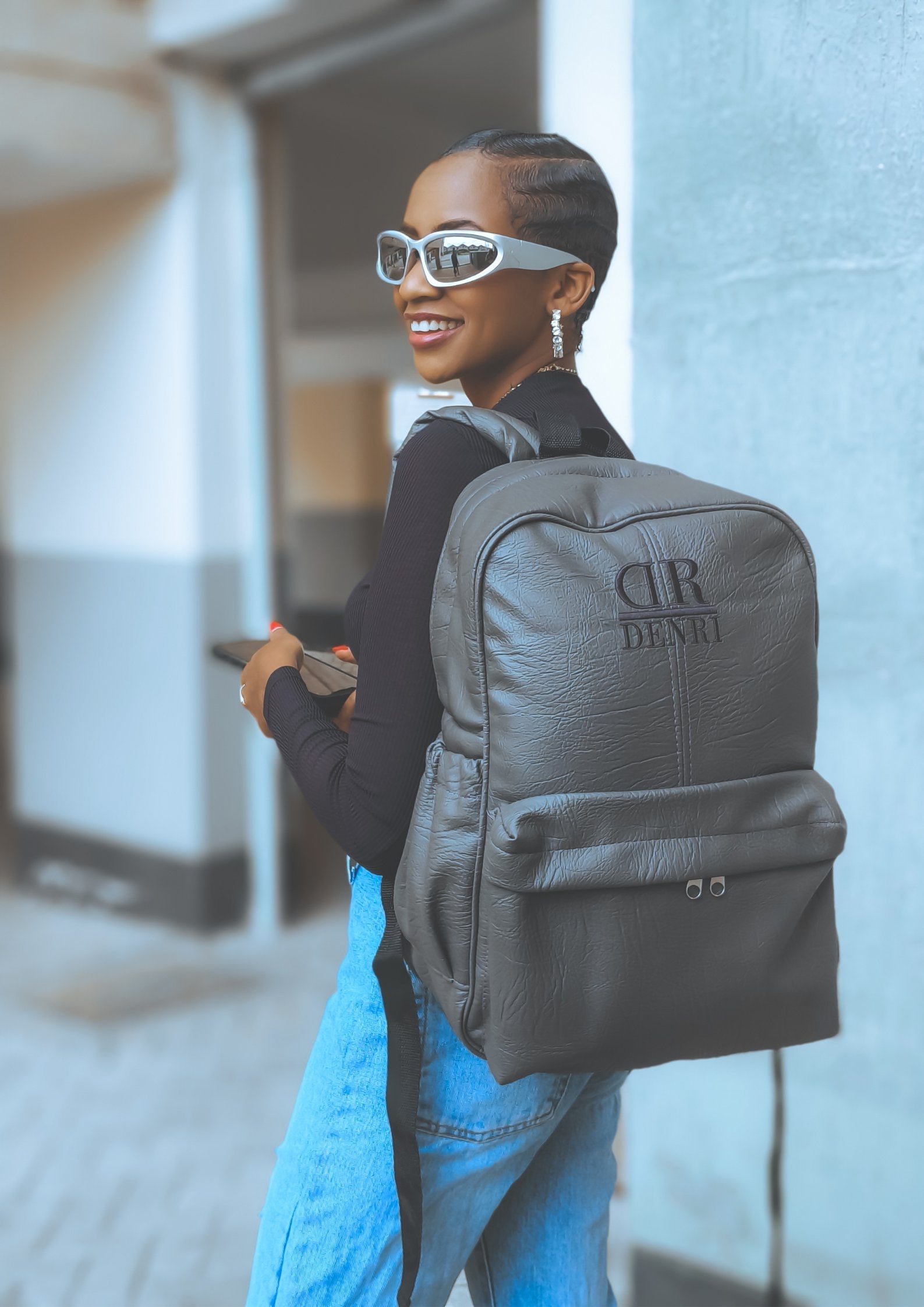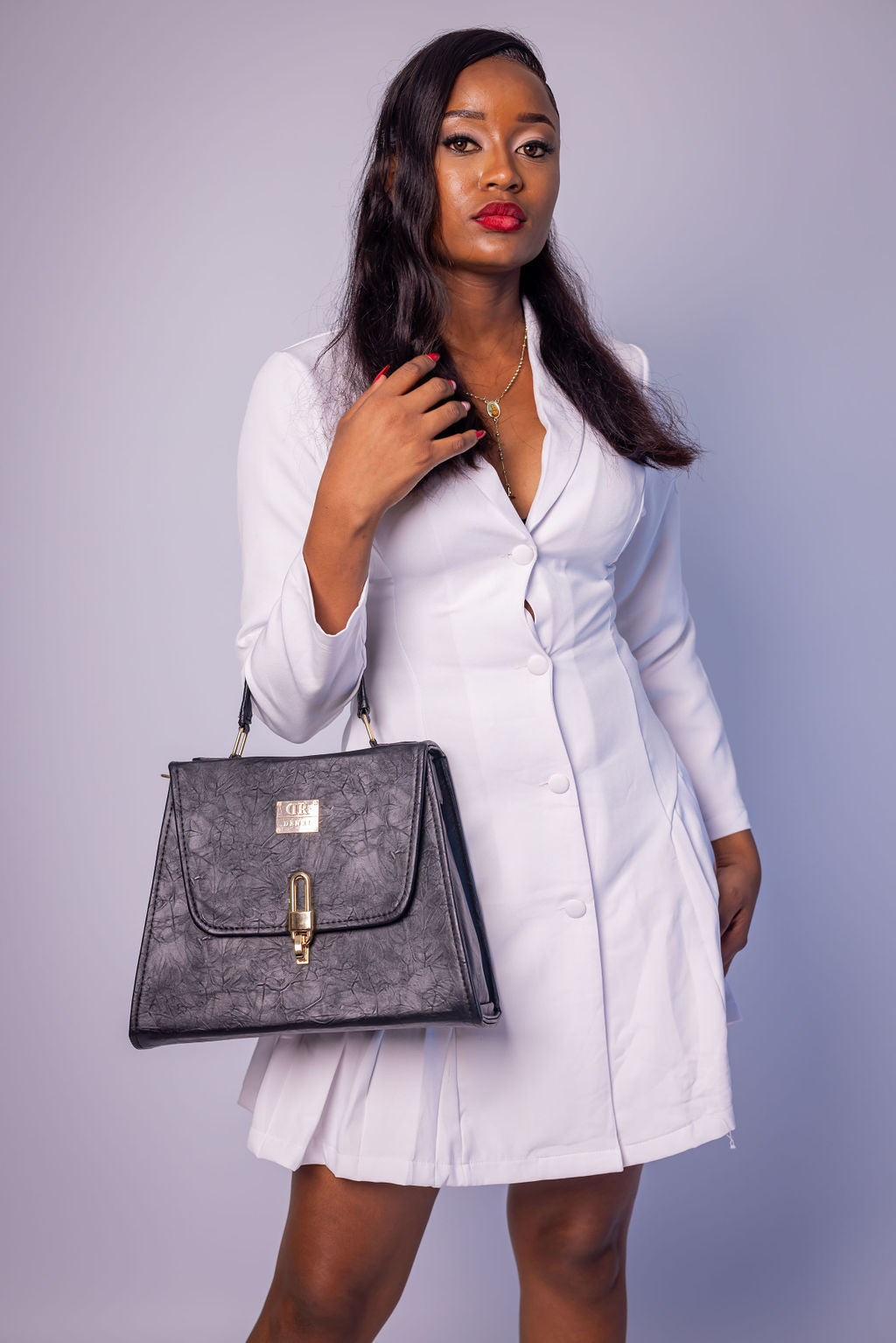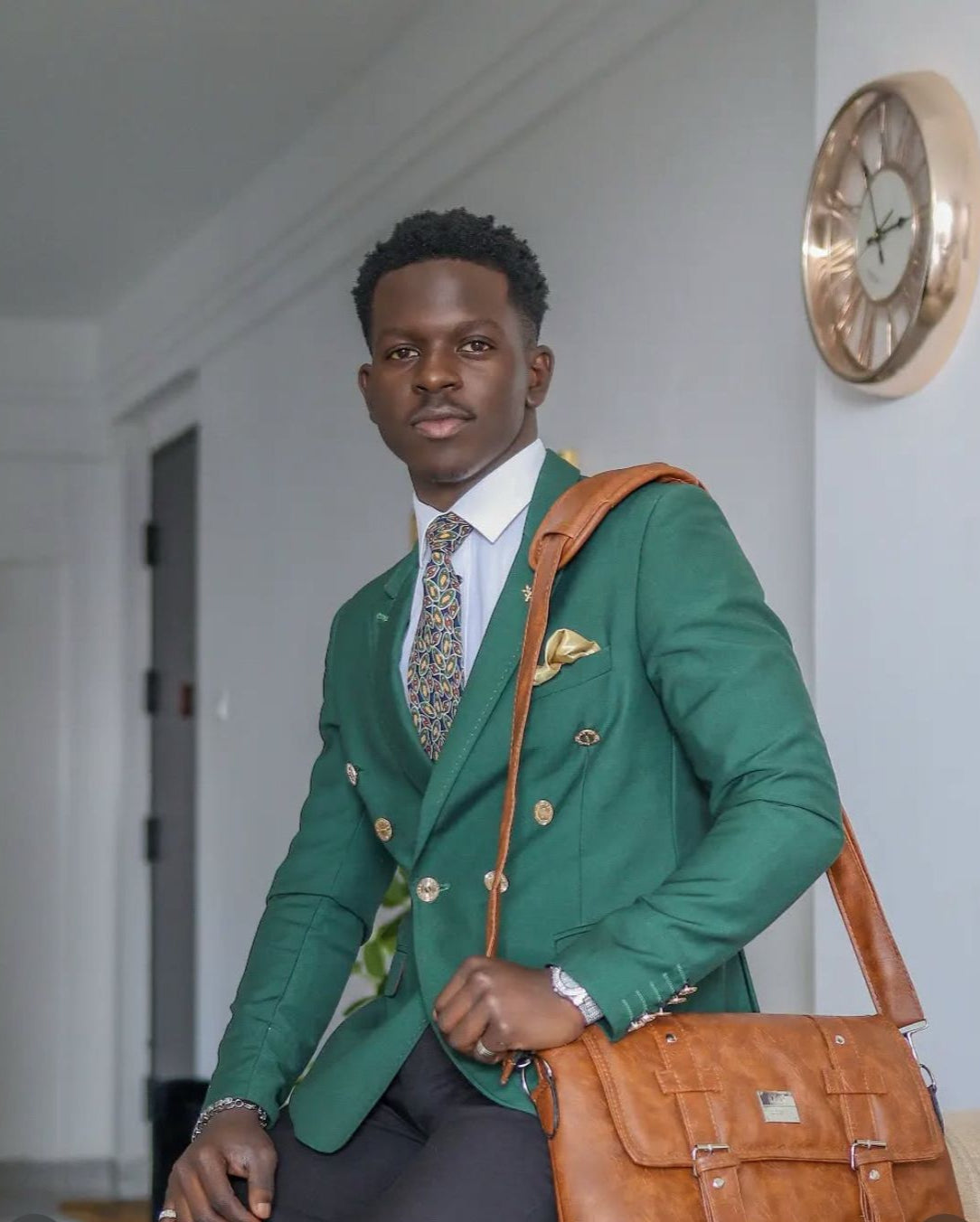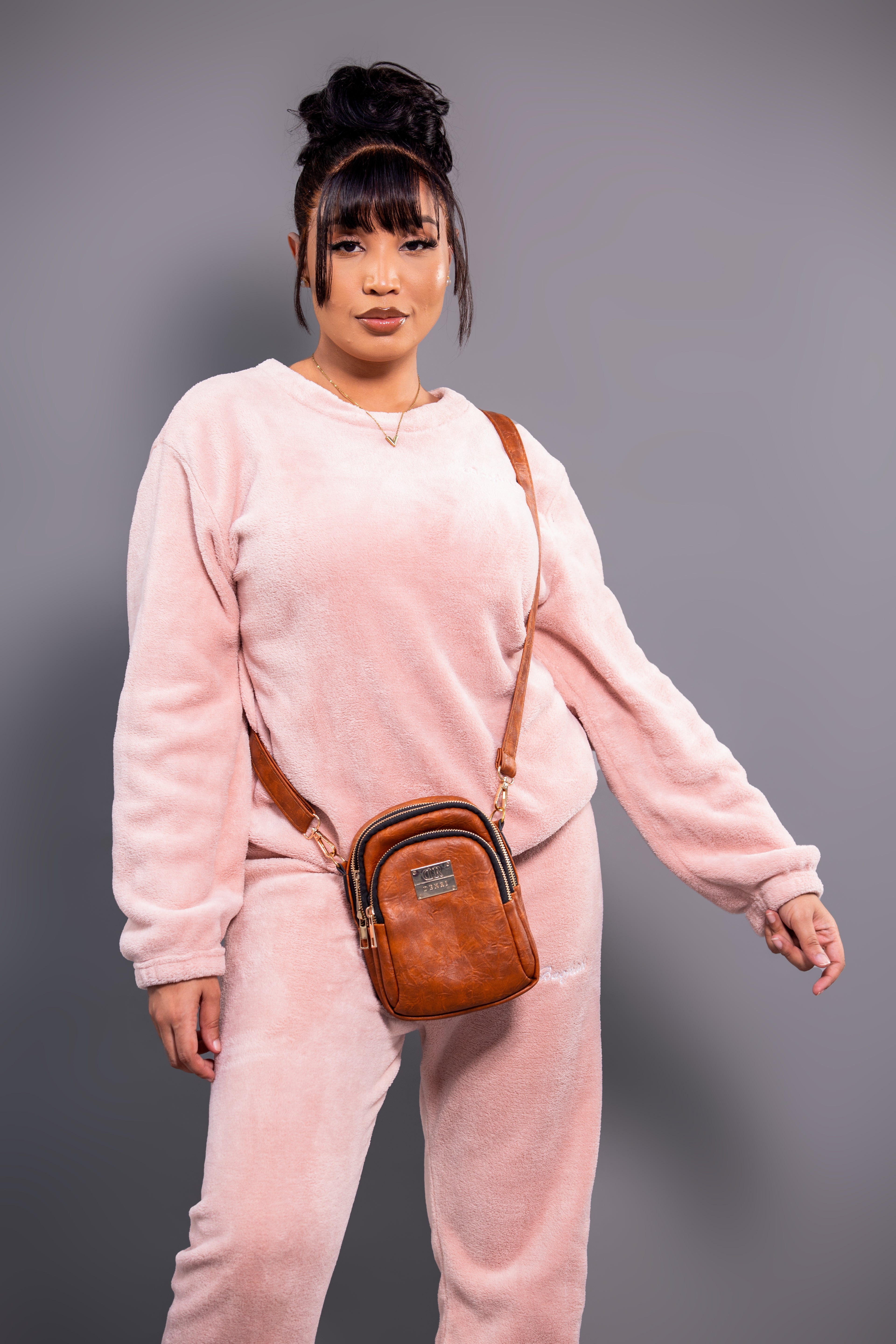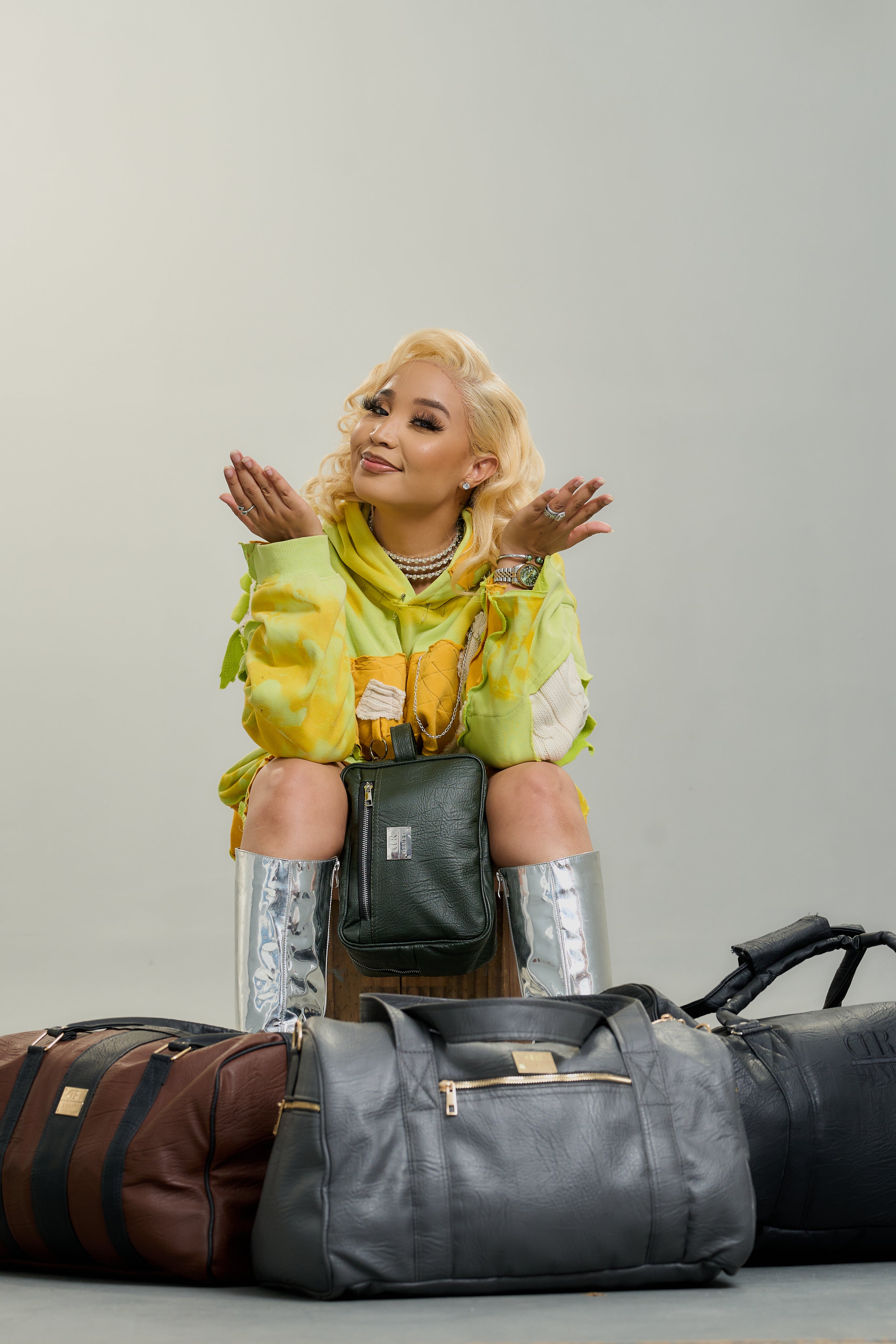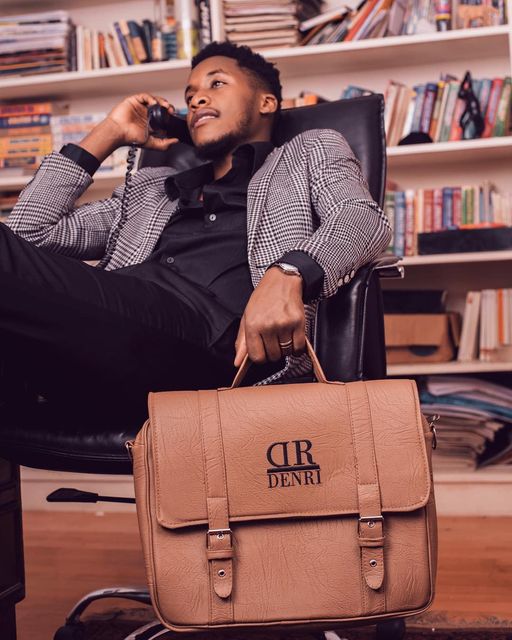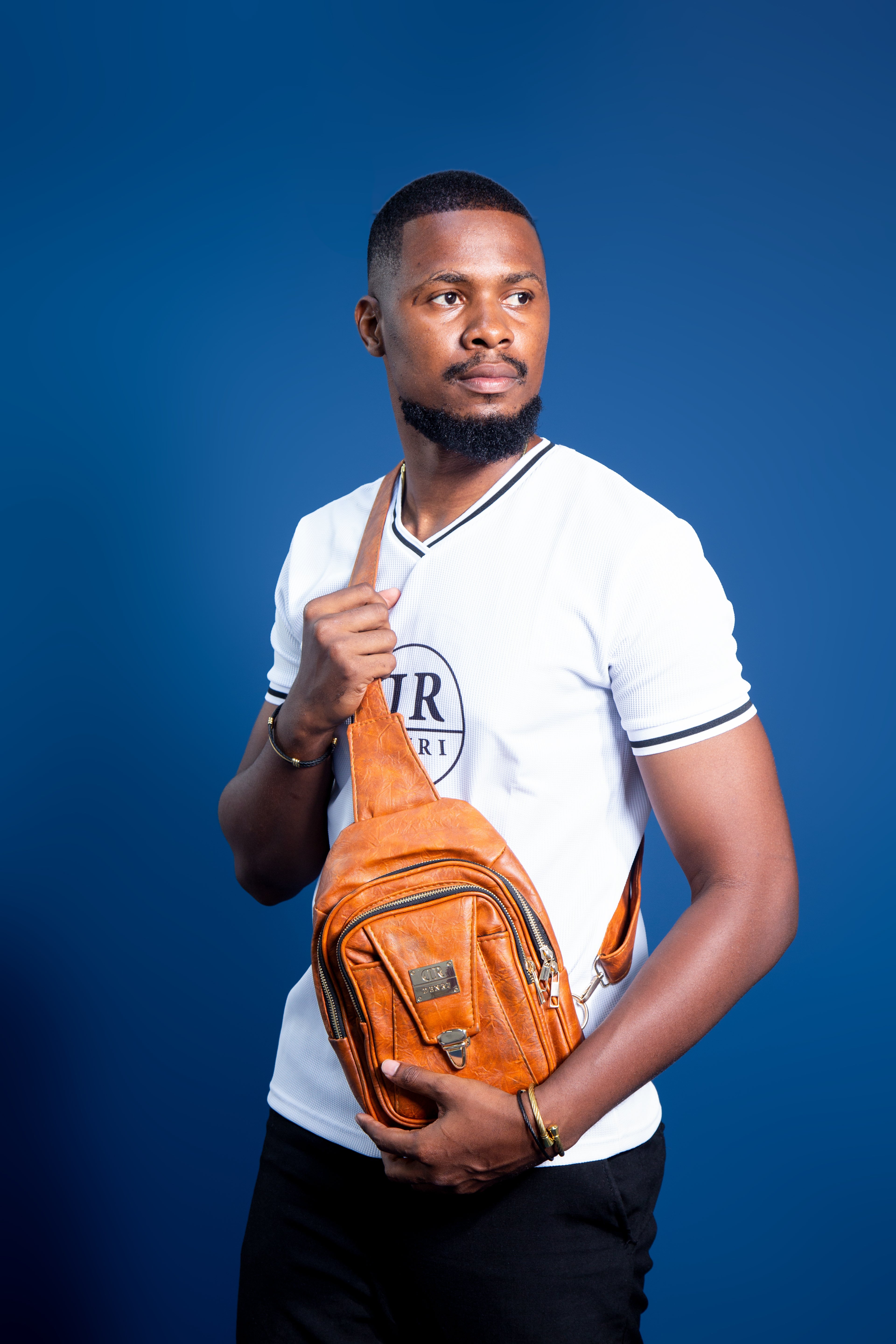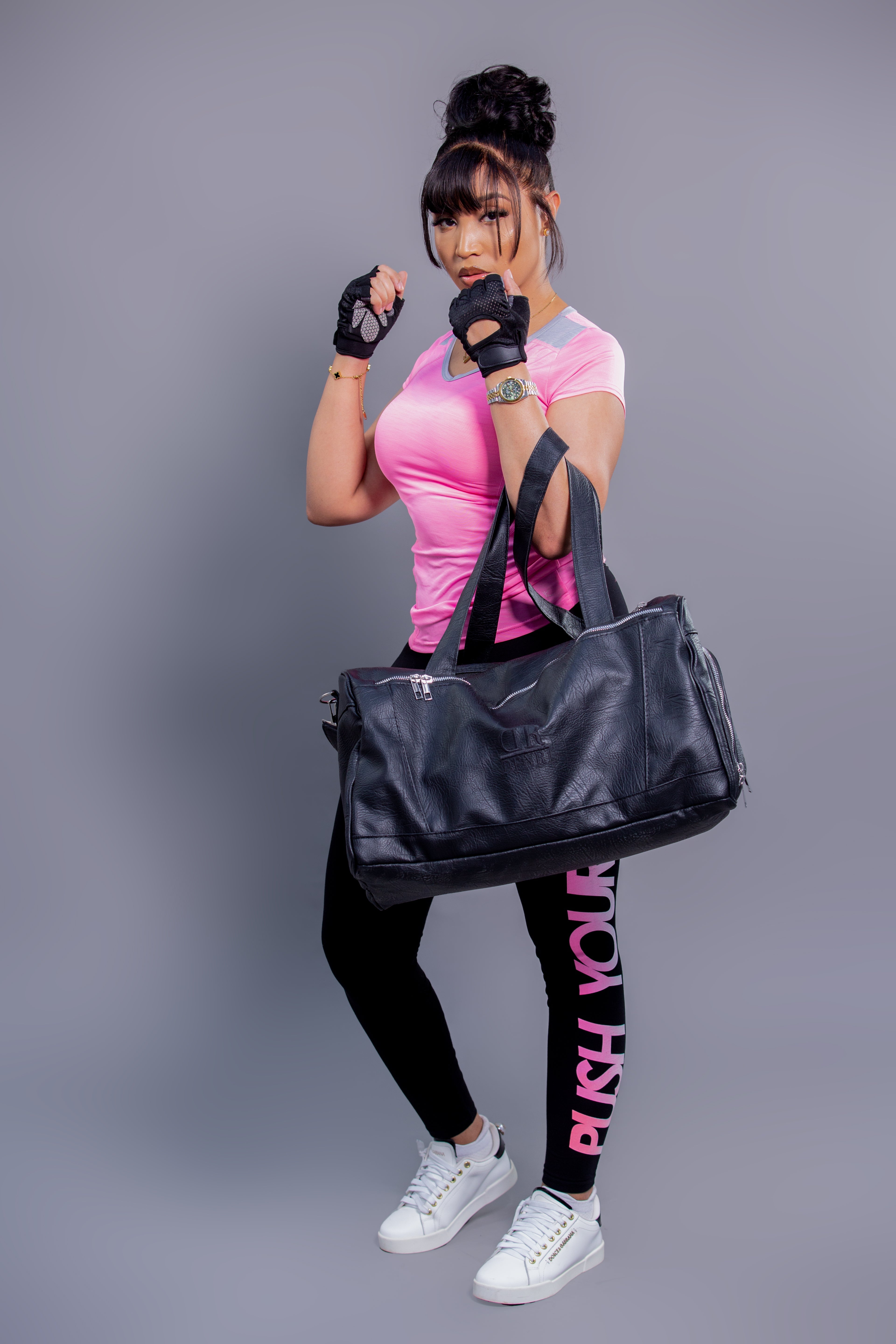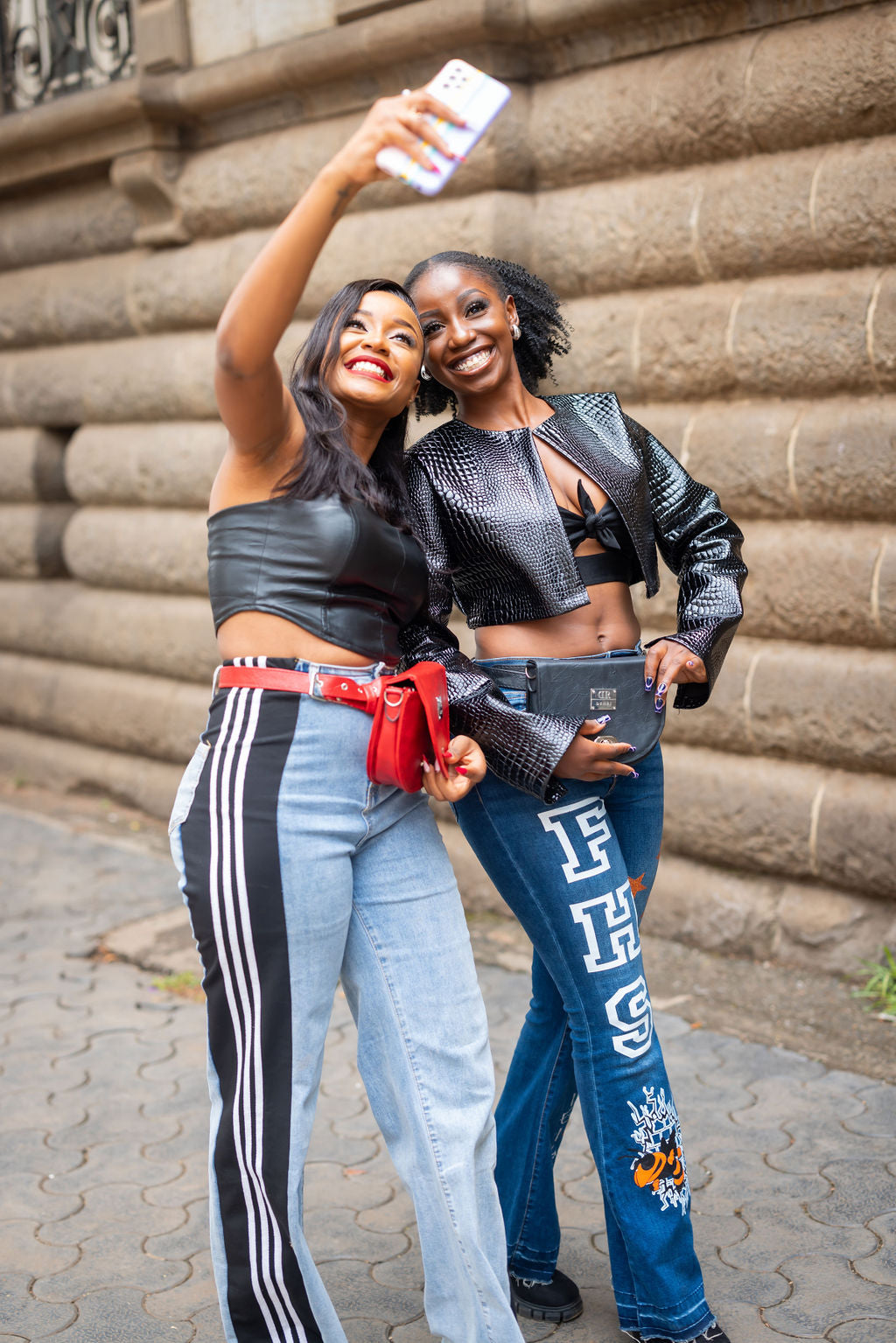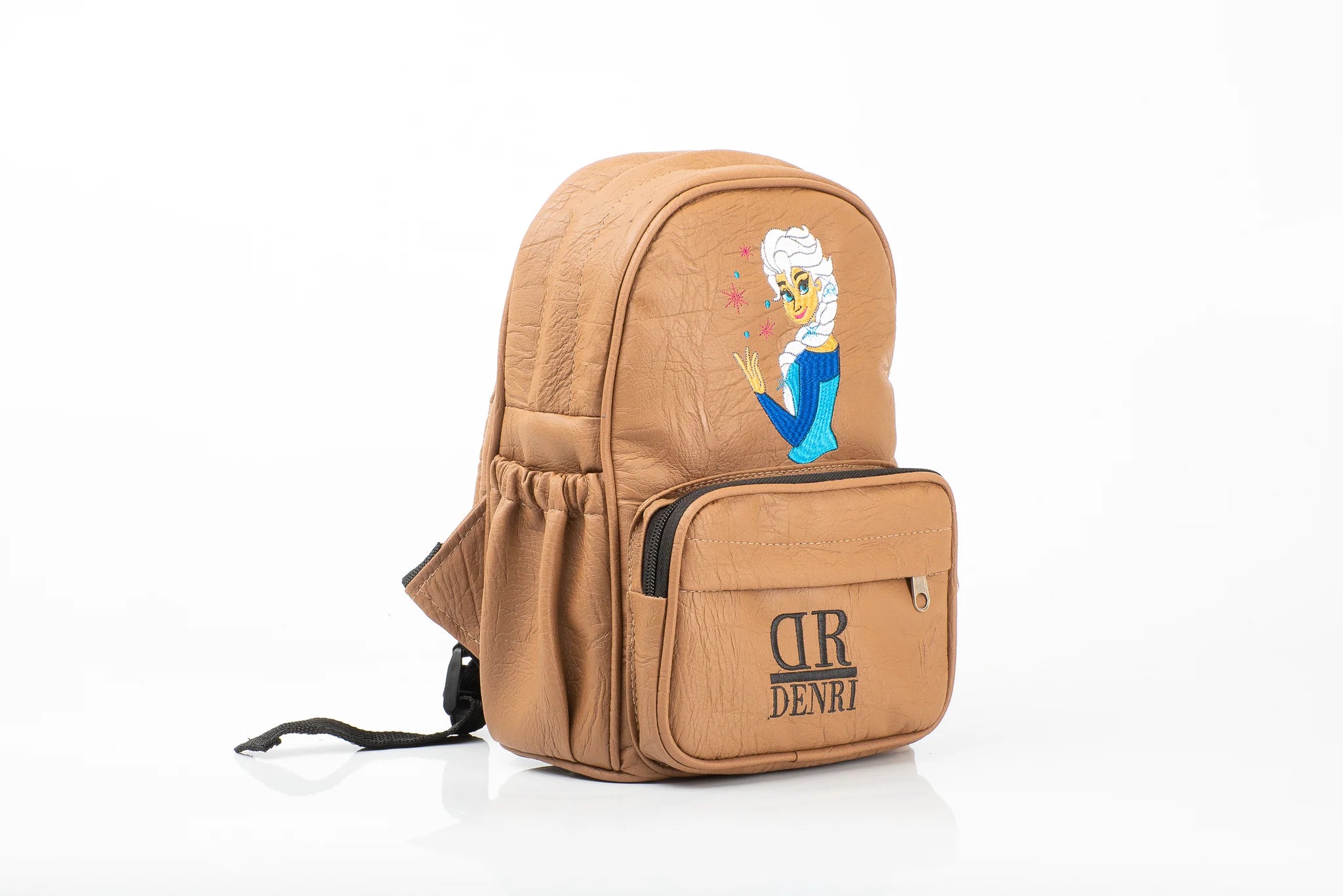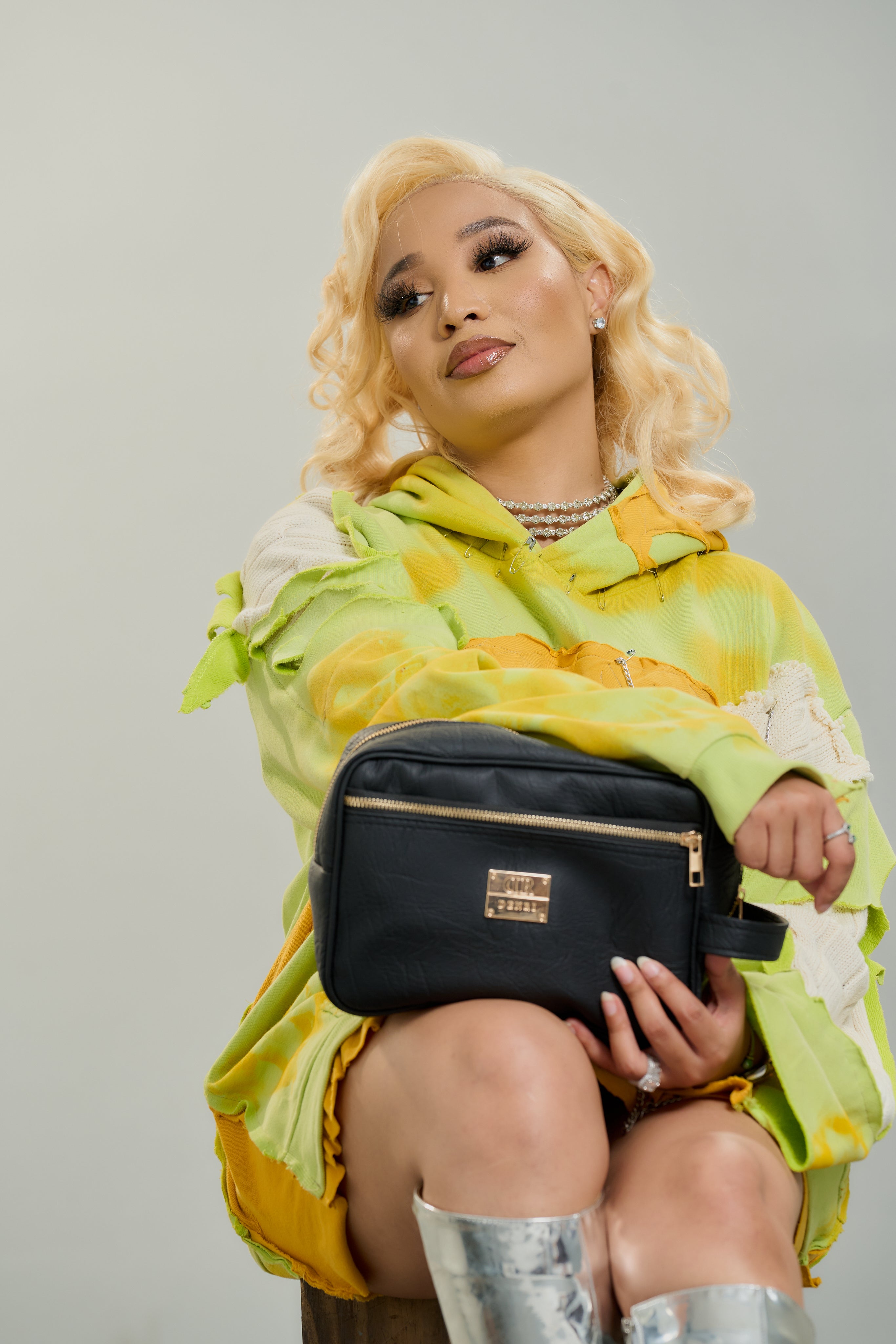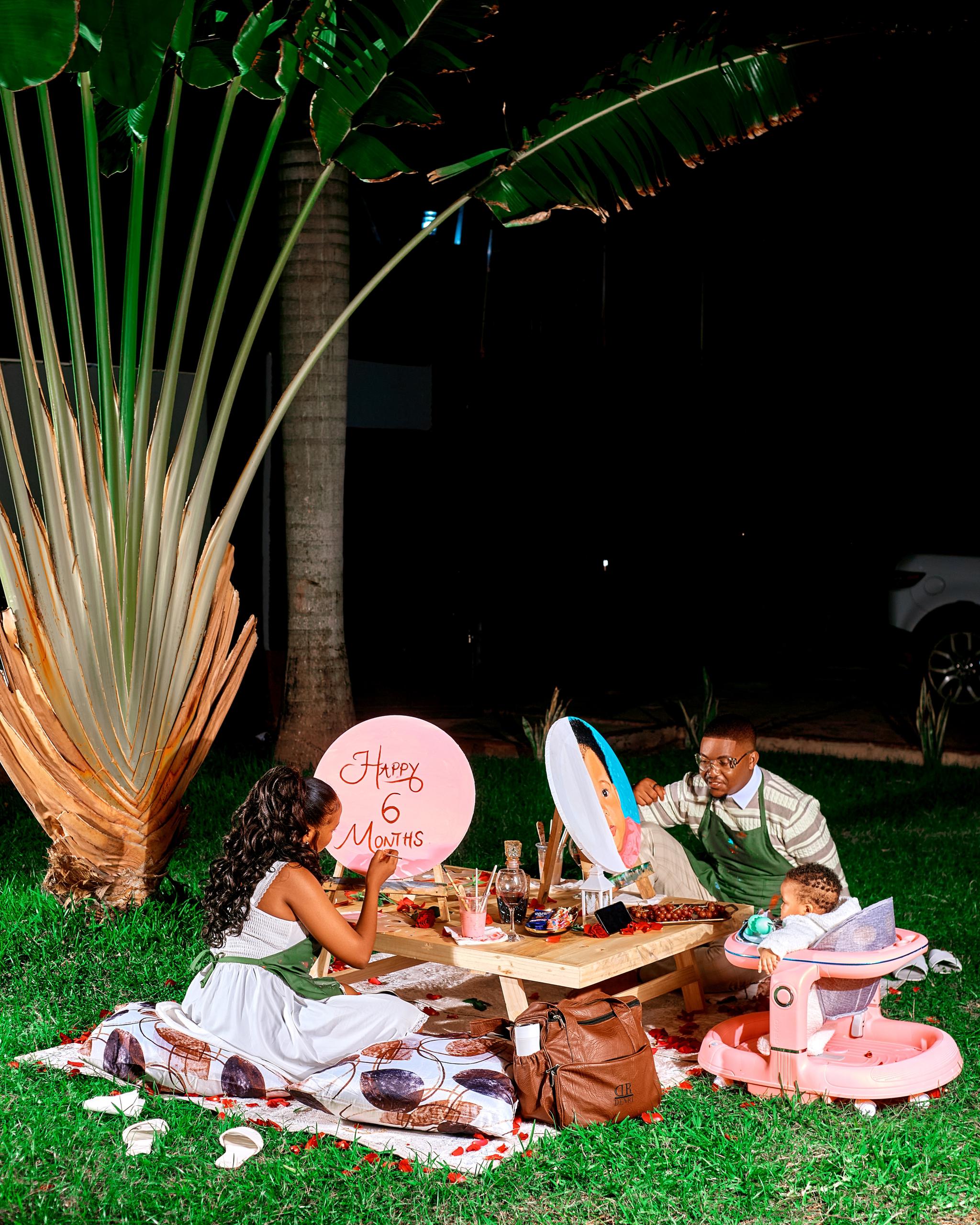Found My People: The Unspoken Bond Between People Who Carry the Same Bag
There were always those moments. Two people crossing paths, one exiting a matatu, the other entering a building lobby. A quiet alignment in pace and posture. Carried across their shoulders was the same backpack. The same sling bag. The same travel bag for women. No words were exchanged. Just a glance, a small pause, the faintest trace of recognition.
This happened in cities and towns, across roads and waiting bays, in lecture halls and airports. It was never coordinated, never intentional. But there was something undeniable about seeing the same bag in someone else’s hands. It wasn’t about trends or competition. It was about choosing something that worked. And discovering, without ceremony, that someone else had chosen it too.
Those who noticed never spoke up. The connection remained unspoken. But it stayed. It echoed during bus rides and office breaks, behind sunglasses and in the fold of tote handles. A school bag spotted outside a café, a gym bag folded neatly at the corner of a yoga class, a waist bag perched on a music festival railing. These sightings stitched together a fabric of familiarity, one bag at a time.
The Silent Mark of Shared Taste
Certain bags Kenya-wide held this quiet weight. Their straps softened over time, shaped by shoulders that carried them across counties. Some came from the Travel Bags collection, made for flexible lives. Others emerged from the Backpacks collection, built to hold both spontaneity and structure. They served students, newlyweds, managers, creatives, volunteers, parents, and planners.
These bags knew what it meant to attend both a rooftop wedding and a late lecture. To squeeze between passengers in a matatu and slide under a boardroom table. Whether crafted as luxury bags, as minimalist sling bags, or as durable man bags, they carried routines and disruptions alike. The more places they were seen, the clearer it became, this wasn’t coincidence. This was resonance.
Backpacks moved through Nairobi, Eldoret, Kisumu, Mombasa, weaving through gallery talks, tech meetups, church services, family send-offs. Travel bags for women were placed on desks in coworking spaces, on the grass at arboretums, inside retreat lodges. Sling bags passed from boda rides to concerts. Office bags transitioned smoothly between work and errands, between team-building retreats and client dinners.
Every sighting of a familiar design was a confirmation: someone else valued balance. Someone else needed a bag that could do more.
More Than Storage. More Than Style.
Across timelines, these bags began to form an invisible network. There were no meetings, no invites. But the belonging was unmistakable. Each backpack in the wild hinted at a routine built on readiness. Each sling bag held the weight of lives that flowed in many directions. Bags Kenya chose weren’t temporary. They were tested. Carried. Remembered.
From school bags zipped over uniforms to gym bags tossed into car trunks, every category carried something beyond physical items. There were receipts from impromptu road trips, empty wrappers from long queues, extra pairs of earrings for sudden invitations, sunscreen tubes from past safaris.
In offices, the Denri Laptop Backpack became standard. It carried laptops and meeting decks, but also lunch boxes, notebook margins filled with dreams, and extra wraps for unpredictable weather. In creative studios, the sling bag rested against tripods and ring lights. On school trips, waist bags held sanitizer, student IDs, and tiny snacks in zipped compartments.
They all moved in different directions but traced the same pattern, lives shaped by movement, expression, and a need for design that endures.
Unspoken Connection Across Contexts
Some carried the Double Press Backpack to out-of-town weddings and lodge retreats. Others leaned on the same style for corporate travel or university graduation weekends. That design adapted. It understood how weeks could blend into ceremonies, long drives, beach afternoons, formal functions, and unplanned detours.
The chest bags that appeared in market queues also showed up in corporate corridors. They navigated both traffic and timelines, carrying chargers and pens, keys and biscuits, folded scarves and flash drives. Even the waist bags that once fit festival settings found themselves in gym lockers and school drop-off routines.
Each design mirrored the realities of daily life. Not too loud. Not too fragile. And always ready to hold more than it looked like it could. Backpacks that fit gym shoes and paperwork. Travel bags for women that could hold wrap dresses and power banks. Man bags that sat neatly between an open book and a box of mangoes.
Every time someone spotted their own bag carried by someone else, something grounded them. They weren’t alone in their preferences. They had chosen something that made sense, not just to them, but to many.
Quiet Symbols of Shared Motion
The echo wasn’t about fashion. It was about rhythm. These bags didn’t need to trend. They simply appeared, again and again, in the right places. They showed up on shoulders that moved with purpose. Across cafés, courtrooms, prayer halls, music shows, and morning errands. In moments that weren’t planned. In lives that made the same design feel essential.
They had carried textbooks and wedding invitations, passports and farm produce. They had rested in conference rooms and lodge verandas. They had been zipped, lifted, slung, tossed and trusted. Every product told a layered story. And each time they were seen, across someone else’s frame, they quietly said: the journey continues.
The bags carried more than items. They carried memory, design and adaptability. They carried lives with things to do and places to be. And as more people reached for them, used them, wore them, they built an invisible thread, from Nairobi to Kitengela, from Kilifi to Kakamega, from Sunday church to Friday events. They never needed an explanation. They simply fit.
